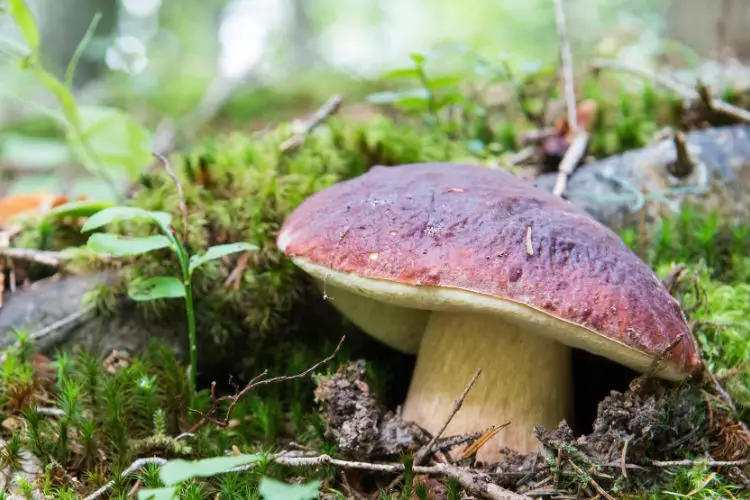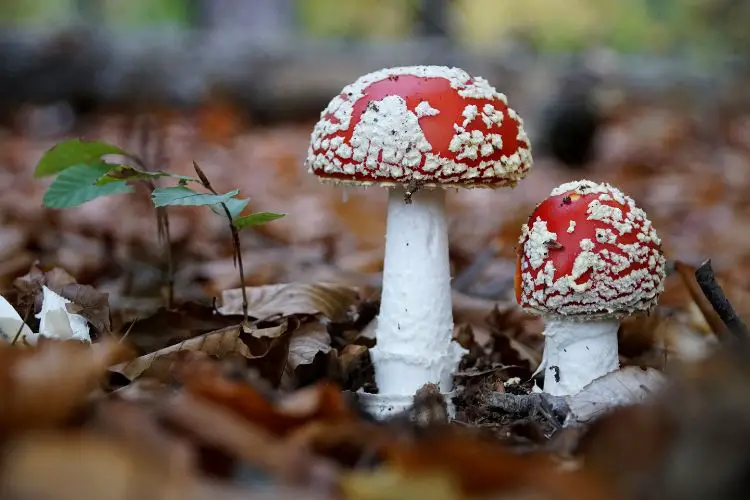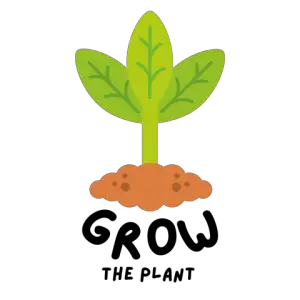Learn the art of cultivating your own mushrooms with this comprehensive guide! From understanding the necessary steps and materials to mastering the techniques, this article is designed to empower home gardeners to embark on their own mushroom-growing journey. Whether you’re a beginner or seasoned gardener, this informative piece will equip you with the knowledge and skills needed to successfully grow your own fungi at home.
How to Grow Mushrooms?

Growing mushrooms at home can be a rewarding and sustainable hobby. Whether you’re interested in cultivating oyster mushrooms, white button mushrooms, or other varieties, this comprehensive guide will provide you with the knowledge and techniques needed to successfully grow your own fungi at home.
Understanding Mushroom Cultivation
The Basics of Mushroom Growth
Mushrooms are the fruiting bodies of fungi and require specific conditions to grow. Understanding the lifecycle of mushrooms is crucial for successful cultivation.
Different Types of Mushrooms to Grow at Home
There are numerous types of mushrooms that can be grown at home, including oyster mushrooms, white button mushrooms, shiitake mushrooms, and more. Each type has its own specific growing requirements and characteristics.
Getting Started
Choosing the Right Growing Medium

Mushrooms can be grown on various substrates such as straw, sawdust, coffee grounds, and more. Selecting the right growing medium is essential for the successful cultivation of mushrooms.
Selecting the Ideal Location for Mushroom Cultivation
Mushrooms thrive in dark, humid environments. Choosing the right location for your mushroom cultivation, whether it’s a dedicated grow room or a DIY mushroom growing kit, is crucial for their growth.
Cultivation Techniques
Spore Inoculation
Spore inoculation is the process of introducing mushroom spores or spawn to the growing medium. This is a critical step in the cultivation process and requires careful attention to sterile techniques.
Incubation and Fruiting Conditions
After inoculation, the growing medium needs to be kept in the right conditions for the mycelium to colonize and eventually produce mushrooms. This involves maintaining specific temperature, humidity, and air circulation levels.
Harvesting and Storage
Knowing when and how to harvest mushrooms is essential for maximizing their yield and quality. Proper storage techniques are also important to prolong the shelf life of your homegrown mushrooms.
Common Issues and Troubleshooting
Controlling Contamination
Contamination from other fungi or bacteria can be a common issue in mushroom cultivation. Understanding how to prevent and address contamination is crucial for successful mushroom growing.
Managing Moisture Levels
Maintaining the right levels of moisture in the growing environment is essential for healthy mushroom growth. Too much or too little moisture can lead to stunted growth or mold issues.
Dealing with Pests and Diseases
Just like any other plant, mushrooms are susceptible to pests and diseases. Identifying and addressing these issues promptly is crucial for the success of your mushroom cultivation.
Benefits of Growing Your Own Mushrooms

Nutritional Value of Homegrown Mushrooms
Homegrown mushrooms are not only delicious but also nutritious. They are a good source of protein, vitamins, and minerals, making them a valuable addition to your diet.
Environmental and Sustainability Benefits
Growing your own mushrooms at home reduces the carbon footprint associated with commercial mushroom production. It’s a sustainable and eco-friendly way to enjoy this versatile ingredient.
Conclusion and Next Steps
Tips for Maintaining a Successful Mushroom Cultivation
Consistency and attention to detail are key to successful mushroom cultivation. Regular monitoring, proper sanitation, and adherence to best practices are essential for a thriving mushroom crop.
Exploring Advanced Techniques and Varieties of Mushrooms to Grow
Once you’ve mastered the basics, consider exploring advanced techniques such as growing mushrooms hydroponically or experimenting with different varieties of mushrooms to expand your cultivation skills.
Questions & Answers
When to grow mushrooms?
Mushrooms can be grown at home throughout the year, but the ideal time to start growing them is during the fall or spring. These seasons provide the best temperature and humidity conditions for successful mushroom cultivation. It’s important to consider the specific requirements of the mushroom variety you intend to grow, as different types may thrive under different environmental conditions. Additionally, proper planning and preparation are essential for a successful harvest, so be sure to research and understand the needs of the particular mushrooms you plan to cultivate. By choosing the right time and taking the necessary precautions, you can maximize your chances of a bountiful mushroom harvest.
How to grow mushrooms hydroponically?
Hydroponic mushroom cultivation is a method of growing mushrooms without soil, using nutrient-rich water solutions. To grow mushrooms hydroponically, you can start by purchasing mushroom spawn or spores and a suitable growing medium such as straw, sawdust, or cardboard. Then, prepare the growing containers by sterilizing them to create a clean environment for the mushrooms to thrive. Next, inoculate the growing medium with the mushroom spawn or spores and maintain the right environmental conditions including temperature, humidity, and light. Regularly monitor the moisture levels and ensure proper air circulation to prevent contamination. With proper care and attention to detail, you can successfully cultivate mushrooms hydroponically, providing a fresh and sustainable source of this nutritious food.
How to grow mushrooms naturally?
If you are interested in growing mushrooms naturally, there are a few key steps to consider. First, you’ll need to select the right type of mushroom to grow, such as shiitake or oyster mushrooms, and obtain high-quality mushroom spawn. Then, you can prepare a suitable growing medium, such as straw or sawdust, and inoculate it with the mushroom spawn. Next, create optimal growing conditions by maintaining proper humidity, temperature, and airflow. Finally, keep a close eye on your mushrooms as they grow, ensuring they are free from contamination and pests. By following these steps, you can successfully grow your own mushrooms in a natural and sustainable way.
How to grow mushrooms easily?
Growing mushrooms at home is a relatively straightforward process that requires minimal equipment and maintenance. To start, you’ll need a growing medium such as a sterilized substrate or a mushroom growing kit. Once you have your medium, you can inoculate it with mushroom spores or spawn. Keep the growing environment dark, humid, and at the right temperature, and soon enough you’ll see the mycelium colonizing the substrate and forming mushrooms. Regular misting and monitoring of the growing conditions are essential to ensure a successful harvest. With patience and attention to detail, you can enjoy a bountiful harvest of fresh, delicious mushrooms right from your own home.
How to grow edible mushrooms at home?
Growing edible mushrooms at home is a rewarding and sustainable way to enjoy a fresh supply of these nutritious fungi. To get started, choose a suitable location for your mushroom cultivation, such as a dark and humid area like a basement or closet. Next, select the type of mushrooms you want to grow and acquire the appropriate growing medium, whether it’s a mushroom growing kit or materials like straw, wood chips, or compost. Follow the instructions provided with your chosen growing medium to prepare it for the mushroom spores or spawn. Once your growing medium is ready, inoculate it with the spores or spawn and maintain the ideal growing conditions, including proper humidity, temperature, and airflow. With patience and care, you can look forward to a bountiful harvest of fresh, flavorful mushrooms for your culinary enjoyment.
Can you grow mushrooms from stems?
Yes, you can grow mushrooms from stems. When growing mushrooms, stems can be used to propagate new growth by placing them in a suitable growing medium such as compost or sawdust. The stems should be kept in a moist and dark environment to encourage the growth of new mushrooms. With the right conditions and proper care, stems can be a viable source for cultivating mushrooms, allowing for sustainable and efficient mushroom production.
How to grow king mushrooms?
To cultivate king mushrooms, start by obtaining mushroom spawn from a reputable supplier. Next, mix the spawn with a substrate such as sawdust, straw, or a commercial mushroom-growing mix. Then, place the mixture in a clean, ventilated environment with an ideal temperature of around 75-80°F. Keep the substrate moist by regular misting and monitor humidity levels to ensure they stay between 85-90%. After about 2-3 weeks, you should see the mushrooms begin to emerge. Harvest them when the caps are still closed but have begun to elongate. With proper care and attention to detail, you can enjoy a successful king mushroom harvest in about 4-6 weeks.
How to grow mushrooms from seeds?
To grow mushrooms from seeds, you will need to start by obtaining mushroom spores or spawn. You can purchase these from a reputable supplier or harvest them from mature mushrooms. Next, prepare a suitable growing medium, such as compost, straw, or sawdust, and inoculate it with the spores or spawn. Ensure that the growing conditions are optimal, including the right level of moisture, temperature, and light. It’s important to monitor the growth of the mushrooms and make adjustments as needed. With proper care and attention, you can harvest your own fresh mushrooms for culinary or medicinal purposes.
Conclusion
In conclusion, growing mushrooms at home can be a fulfilling and sustainable endeavor. With the right knowledge and techniques, you can enjoy a bountiful harvest of delicious and nutritious mushrooms right from your own garden. Whether you’re a beginner or an experienced gardener, this comprehensive guide equips you with the tools to embark on your own mushroom-growing journey.
